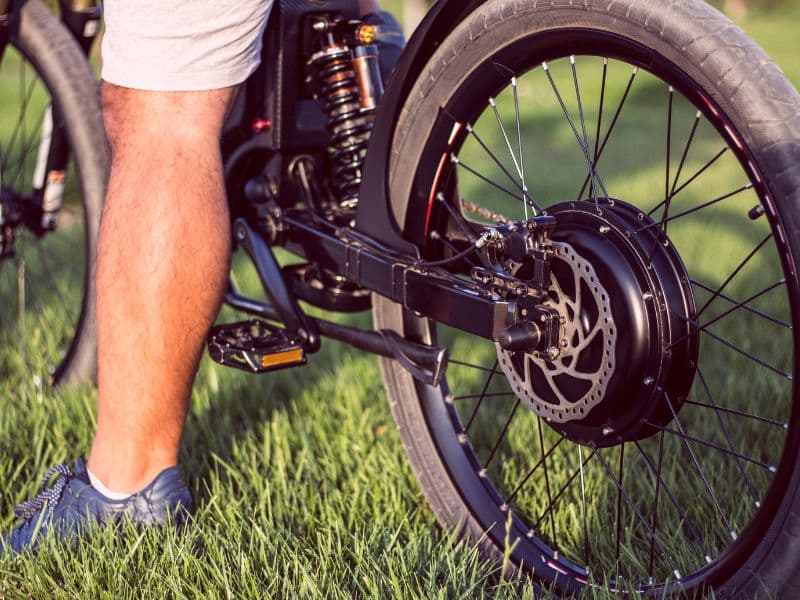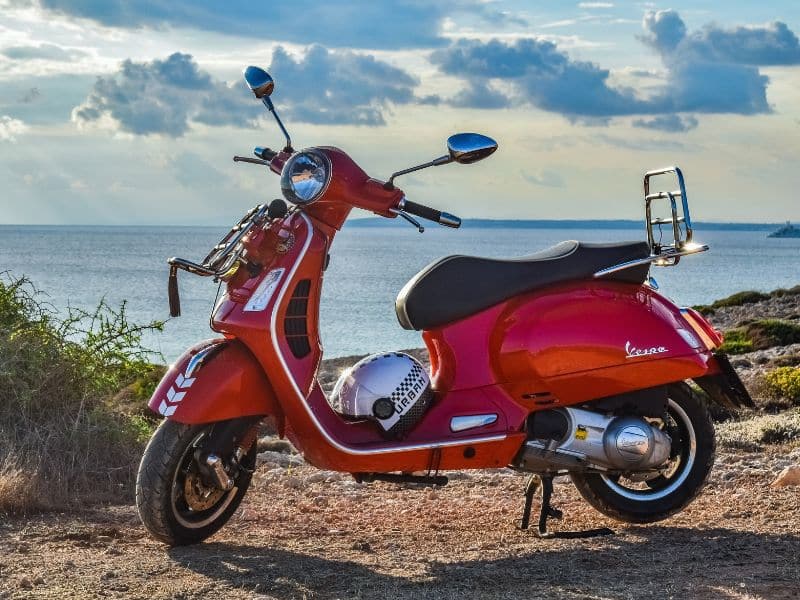There are a few reasons why ebikes have speed limiters. A limiter here though, is a device that cuts the power to the motor, and hence the assistance the rider is given, when a certain speed is reached. The actual cut-off speed depends on whatever legislation is in existence in the region where you cycle. This could be as low as 15.5mph (25kph) in the UK and EU, or depending on the classification of your ebike, could be higher in the USA, 20 or 28mph.
Therefore, legislation is the main reason that an ebike will have a speed limiting system fitted. Safety is another reason, and probably why the legislation exists in the first place. An ebike that could possibly reach very high speeds without any restrictions could be a dangerous machine for not only the rider, but for anyone who inadvertently gets in the way of a speeding ebike.
Legislation of course, covers using the ebike on public roads and highways. On private land, if you have permission from the owner, or your own land, if you have such, you can buy and ride an ebike without any speed limitations at all.
Can I Make My Electric Bike Go Faster?
Any rider can make their ebike go faster, whether it is fitted with a speed limiter that cuts the power to the motor at a certain rate or not. It just means that a higher speed will depend more on the physical effort of pedalling put in by the rider, rather than the power given out to the motor from the battery. It is probably safe to say that most any rider can propel their ebike faster than the assisted level the law allows if they exert a little effort. It is not hard to exceed a speed of 15.5mph (25kph), especially on a flat route with a good surface. It is even easier going down an incline.

How Fast Should Ebikes Go?
There are different schools of thought on how fast an ebike should be permitted to go with power assistance. Some think that governments and legislators have got it right. Some think that power assistance should allow the ebike to reach the same rate of speed as the speed limit dictates on most city streets. This allows the rider to keep pace with all the other traffic on the road, and may even be safer for the ebike rider as vehicles will not have the same urgency to overtake slower ebikes. This may be a consideration worthy of thought on public roads, but it is certainly not something that could be allowed on cycle paths or pedestrian walkways.
It could easily be possible, with technology, to have a range of varying speed limits, depending on which route an ebike rider is traversing. With virtually every new device connected to the internet, remote GPS monitoring and over the air adjustments to software controllers, in charge of the ebike motor, could be done instantaneously, cutting back speed to the correct limit for the roadway. The technology is available, but it may be down to manufacturers and legislators to decide if such a system is viable, and workable, and will be acceptable to ebike buyers. It may be a system that would not be cost efficient and push the price of ebikes up to an unacceptable level for the majority of would-be purchasers.
An ebike is something that should be promoted and ebike usage encouraged, to hopefully lessen the amount of vehicle traffic on the roads. An ebike is a green method of transport, encourages exercise and fresh air for the user, and can save a user a good deal of money than using other transportation means, like car, or bus, or train. Ebike Legislation therefore, should be carefully implemented to ensure riders can ebike safely, without being so restrictive that it puts off potential ebike purchasers. An ebike should be something that is easy to buy and own and use.
Can You Bypass the Speed Limiter on Your Electric Bike?
No matter what kind of speed limiter is fitted to your ebike, and there are a range of systems manufacturers install. There will be someone, somewhere, that has learned how to bypass it, and went on to post that information on internet forums, or Youtube, or social media, for anyone else to follow if they are so inclined.
Bypassing the speed limiter may be something you would want to do if you were using your ebike on private land, and wanted to boost your speed for a sense of adventure and a faster more thrilling ride. But, as with all things, with greater speed, comes potentially greater danger, so it is definitely advisable to wear decent protective clothing while hurling along at a rapid pace. The phrase ‘breakneck speed’ did not come into common use without a reason!
And, of course, to keep within the law in your area, it is certainly advisable to revert the ebike back to the normal settings once more, before taking your ebike back on to public roads.

See Also: Should I insure my ebike?
And: Can an Electric Bike Pull a Trailer?
Is It Okay to Derestrict an Electric Bike?
If the derestriction is a temporary measure like in the paragraph above, and the ebike is reverted back to factory settings that make it legal to use on the local roads and highways again, then bypassing the restriction is something that would be up to the owner of the ebike.
Derestricting an ebike permanently and using it on public roads and highways may be illegal and be a foolhardy thing to do. As well as getting into trouble with the law if found out, it could be a very expensive enterprise if you were in an accident, or injured a pedestrian, or damaged property belonging to others. The fact that you derestricted the ebike, whether temporarily or permanently, would also no doubt invalidate the warranty, so any recompense for damaged parts would not be entertained by the manufacturer or insurer either.
If speed is your thing, and you think a speed restricted ebike is too slow, then perhaps you should think about buying something legally faster, like a motorcycle, for example. Buying something that is legal for the roads where you reside and tampering with it to make it illegal, just for a few extra miles per hour, seems foolhardy to me, and could be very expensive if the law caught you out. Either buy an unrestricted ebike and use it on private land, or ebike legally and carefree on the public roads and highways and accept some restrictions.

